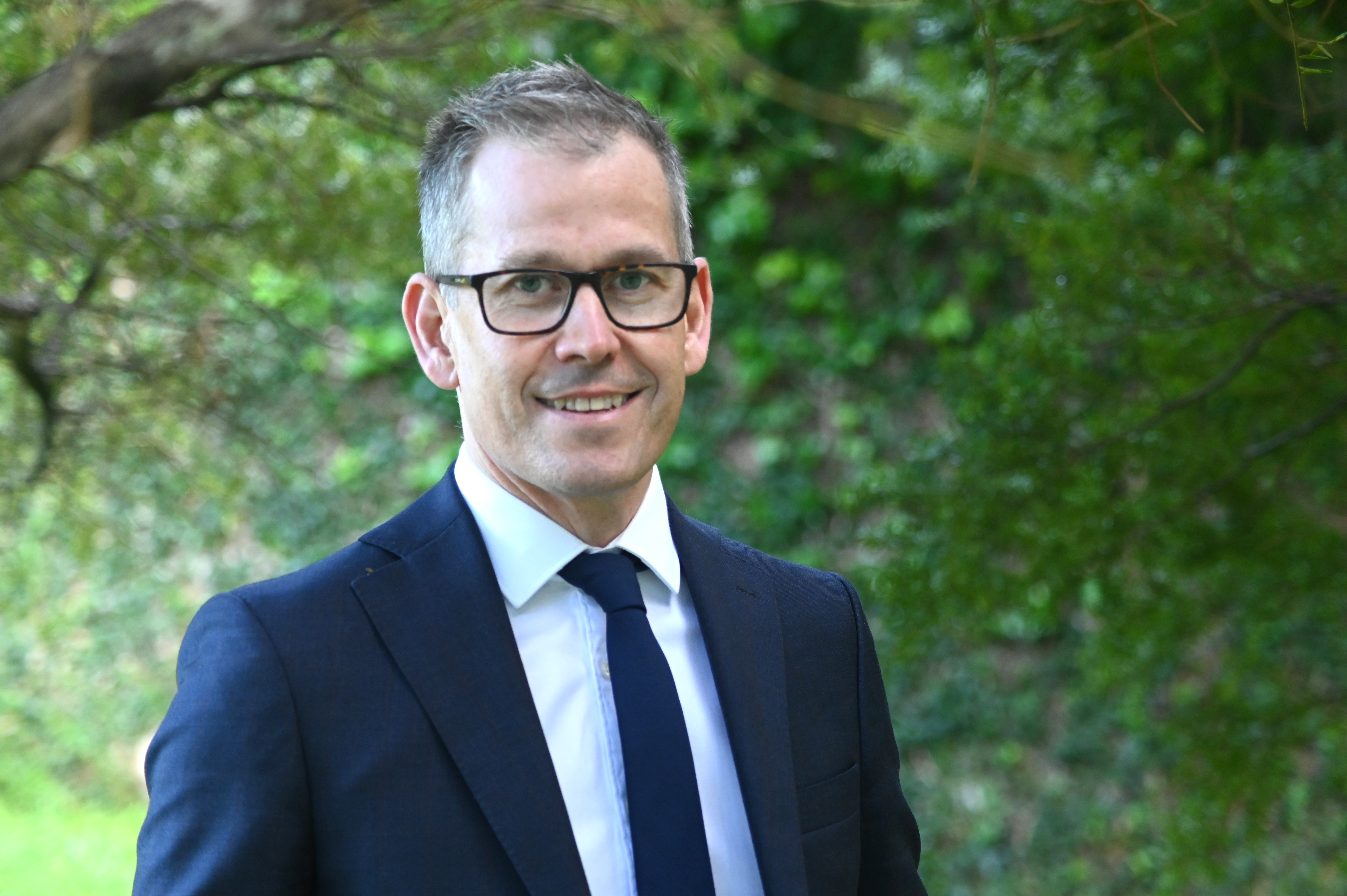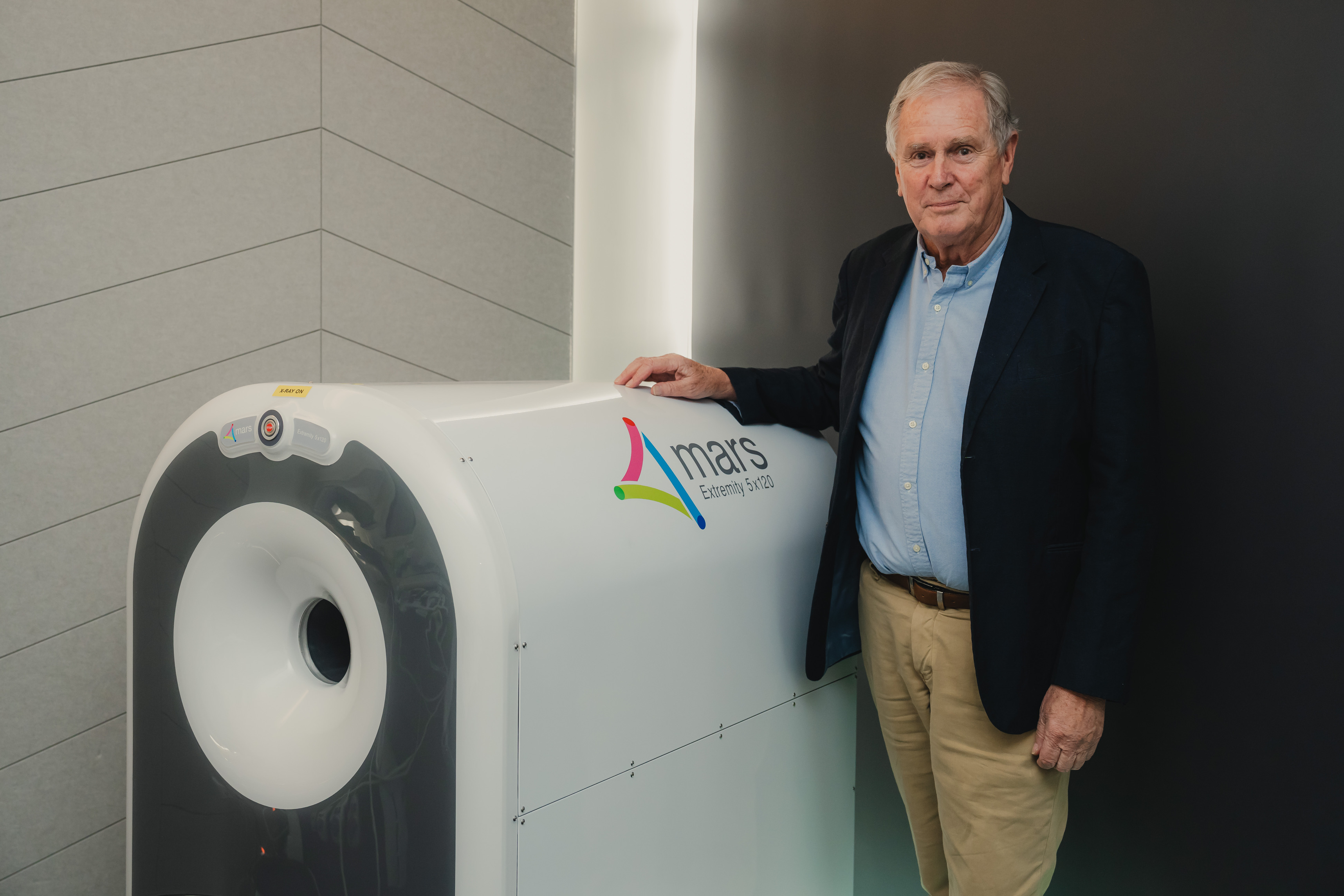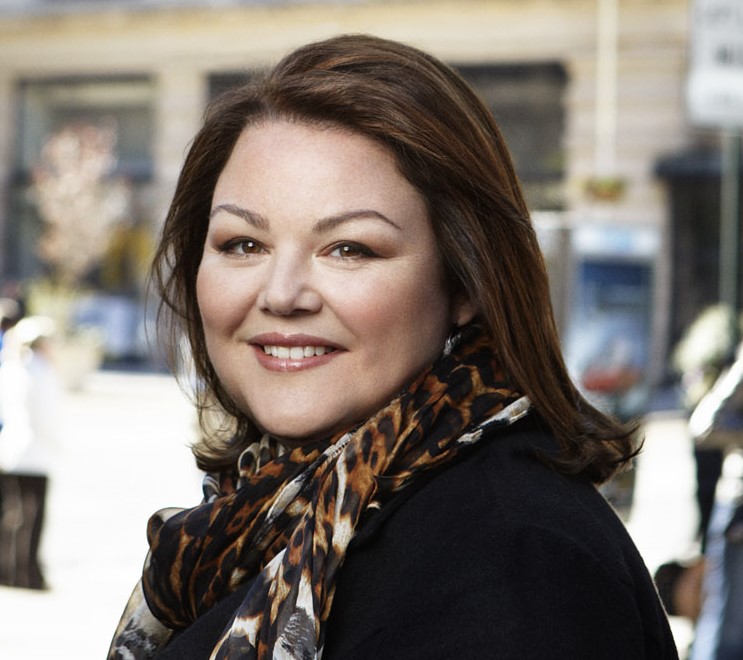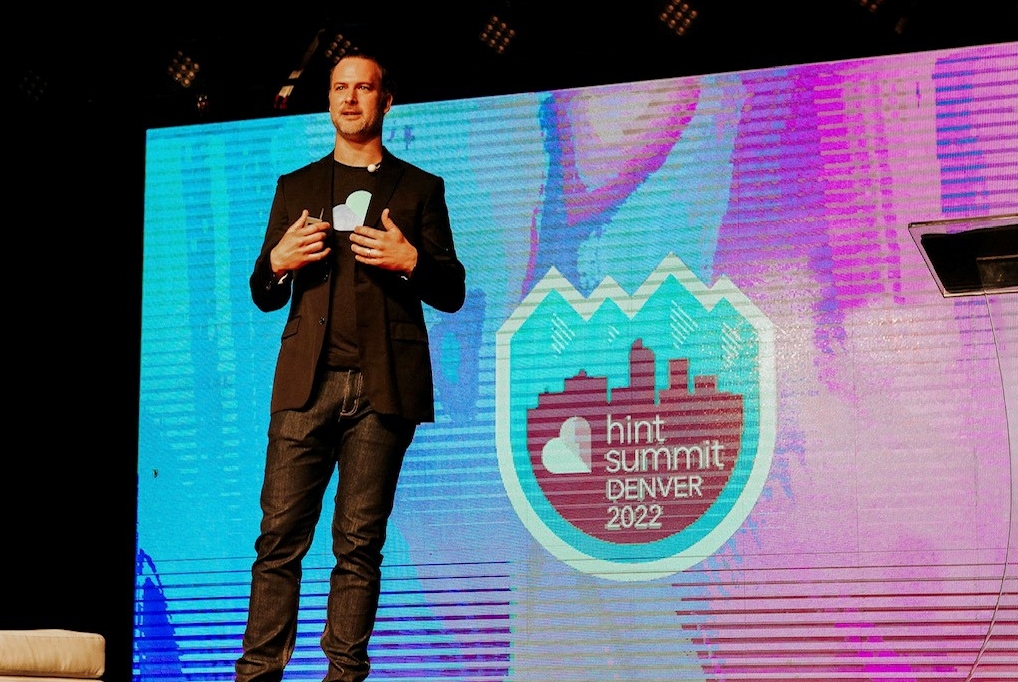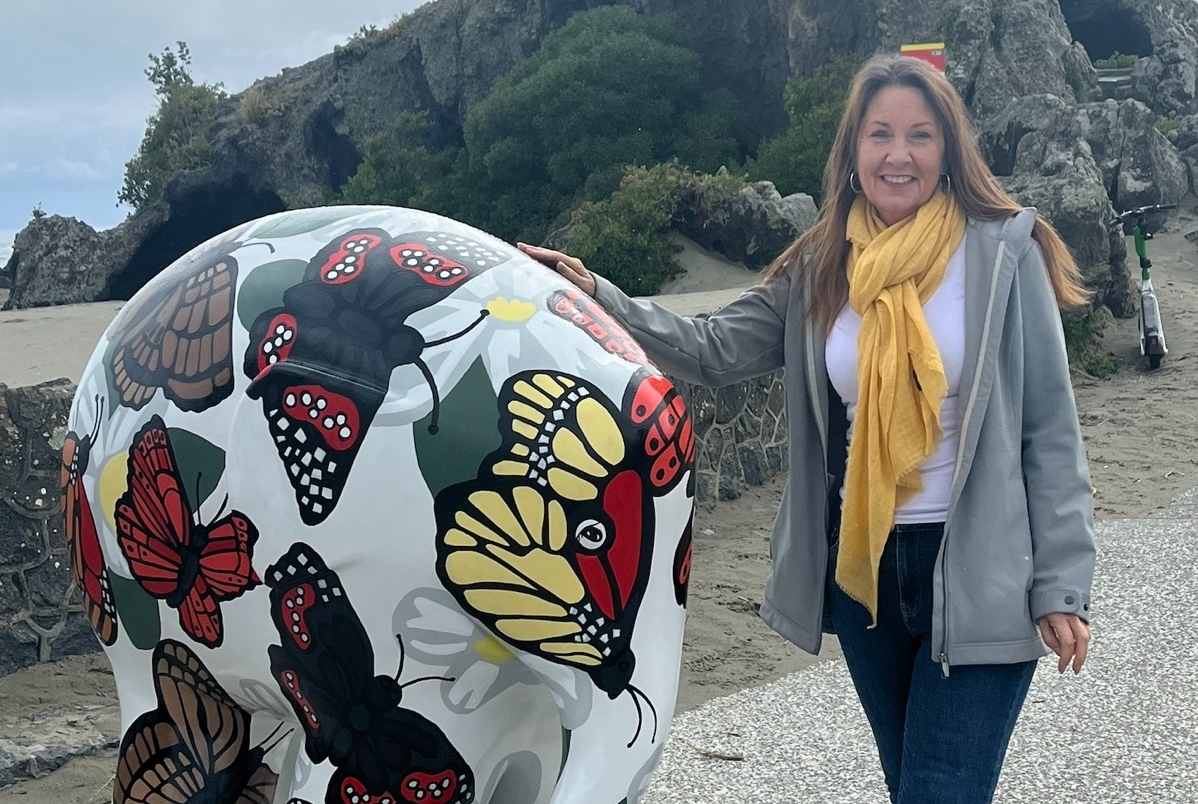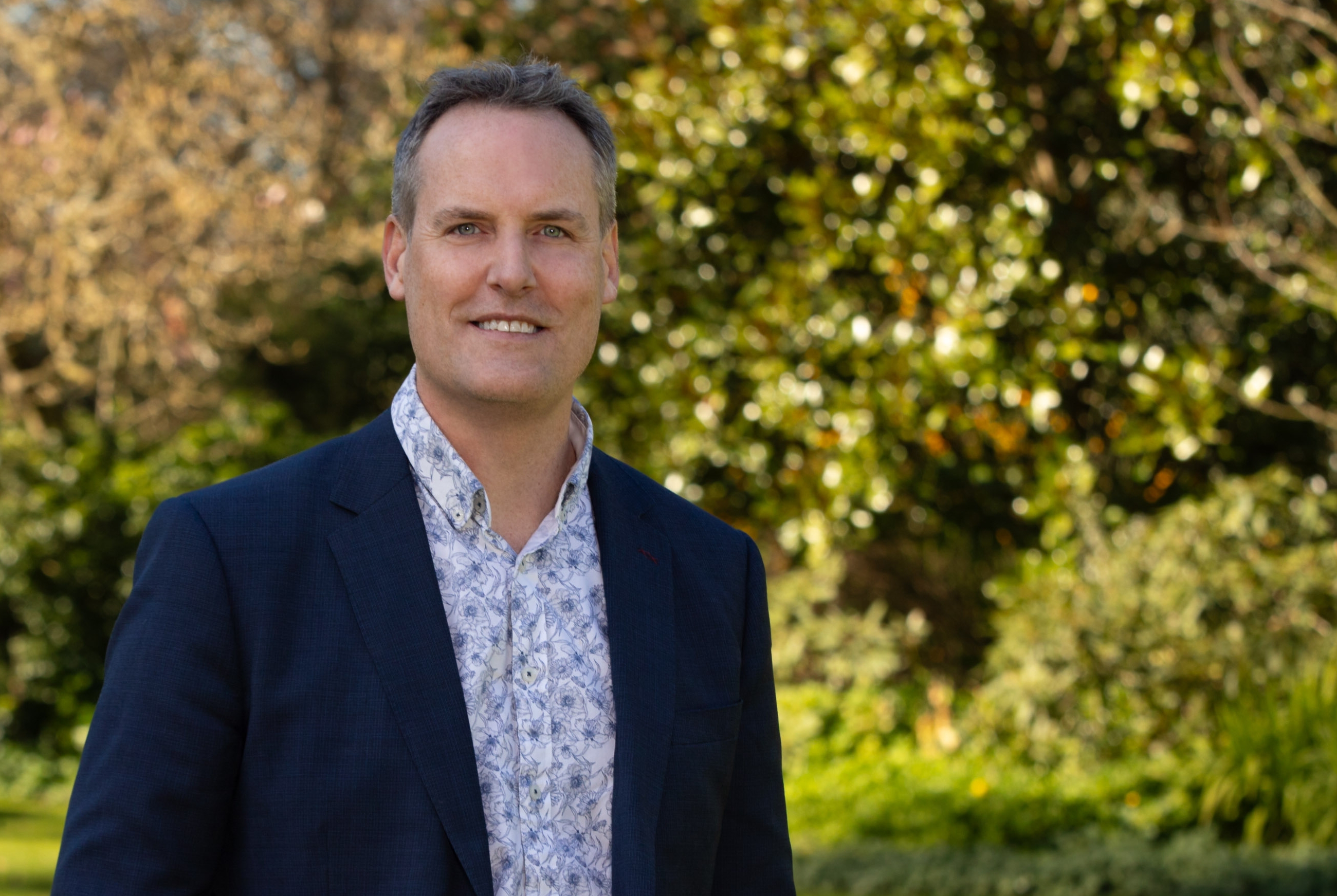Atlas’ scene description allows all those components to be brought together in a generic way that allows the scene to be shared, contributed to, consumed, or referenced by anyone in the facility. The evaluation engine part means that Atlas doesn’t just describe what is in the scene and where it is but can also play the scene back in a performant way. Atlas’ evaluation engine can be embedded into most applications that artists use so this means that the scene can be played back accurately within whichever tool the artist is using.
What does a ‘normal’ work day look like for you at Wētā FX?
Probably the biggest difference from working at a regular software engineering company is how closely we work with the artists who use our tools. The artists using our software might be sitting in the same building, they might be sitting at the desk next to you. This makes for an incredibly dynamic environment with lots of opportunity to iterate very quickly. We can address bugs or emergency features in a day or even hours rather than having a multi-month release schedule. On the one side we need to write well-architected, documented, tested code that can serve the facility for years to come with a minimum of maintenance. But on the other side we are always available to discuss workflows, provide support, fix bugs, or implement last minute features at a moment's notice. At the end of the day our artists are the ones making the pictures that are Wētā FX’s actual product so anything we can do to support them is what we should be doing.
Do you have a favourite project you have worked on?
We are lucky at Wētā FX to have the opportunity to work on incredibly varied problems. As well as Atlas I’ve had the chance to work on a 3D texture painting application (https://www.foundry.com/products/mari), a physical simulation system (http://alexey.stomakhin.com/research/siggraph2022_loki.pdf) and many many smaller projects.
A personal highlight was having the opportunity to work on-set for the performance capture shoot for Avatar: The Way of Water. Atlas was part of the Wētā FX suite of tools being used directly on stage so a small group of Wētā FX developers worked on-stage in Los Angeles to help integrate the Wētā FX technology. It was definitely a high-stakes / high-reward environment. Being able to watch James Cameron use our technology to create the Avatar sequels in ways that weren’t previously possible was incredibly rewarding.
Did you envision this career for yourself while studying at UC?
At the start of my degree, I didn’t have a good idea of what I wanted to do when I finished. I knew I wanted to be a programmer and I pretty quickly realised I loved mathematics but it wasn’t until I started doing computer graphics papers in my 2nd year that everything fell into place. I loved movies so once I realised there were roles for software developers in the VFX industry pretty much everything I did from that point was in service to that. Landing a job at Wētā FX on graduation was beyond my wildest dreams.
What advice would you offer to recent grads hoping to follow a similar path to you?
That is a pretty tough question. There’s a whole lot of variety in the kinds of development that happens in VFX and a huge variety in the paths the people I work with have taken to get where they are. If there was a common thread amongst them all I’d say it was a passion for what we do. Most people I work with can’t imagine doing anything else. For students or recent graduates who share that passion I’d recommend feeding that into everything they do. Lots of opportunities exist these days to help you get that break. Junior roles and internships (https://www.wetafx.co.nz/learning-resources/scholarships-and-internships/) are much more common now than they were twenty years ago. There are many open-source projects used now in VFX that allow people to see what VFX software looks like and how it's developed. Conferences like SIGGRAPH have countless papers, talks, and courses that give a window into VFX software development.
What did you love most about your time at UC?
I think being able to engage directly with my lecturers and tutors was something I valued greatly and probably didn’t initially expect. If you put in the work and show a genuine interest, they were always happy to discuss topics or challenge my thinking. They have so much familiarity and experience in their fields and being able to tap into that was a huge benefit.



.jpeg)
